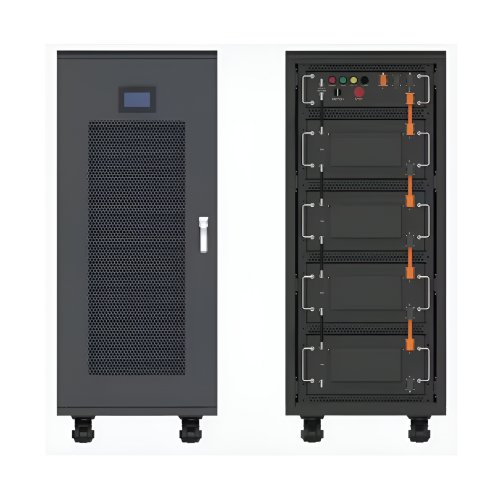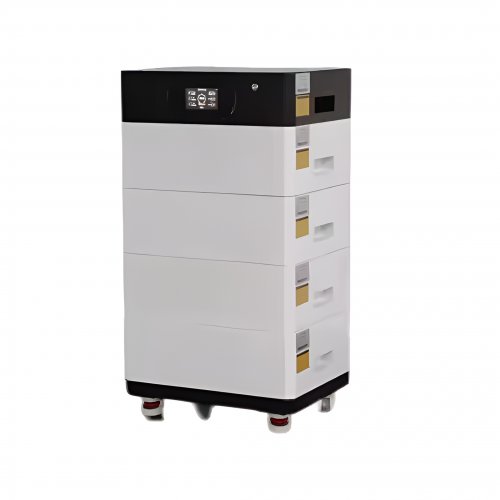How To Use Performance Optimization: A Practical Guide For Developers
Performance optimization is the systematic process of enhancing the speed, efficiency, and resource utilization of software applications. It is not a one-time task but an ongoing discipline crucial for user satisfaction, retention, and operational cost reduction. This guide provides a structured approach, practical steps, and key considerations for effectively implementing performance optimization in your projects.
A haphazard approach to optimization often leads to wasted effort. Following a structured, iterative cycle is key to meaningful results.
Step 1: Establish a Baseline and Set Goals Before making any changes, you must quantify the current state of your application. Use profiling and monitoring tools to gather key metrics. Critical metrics include:Load Time: Time to First Byte (TTFB), Largest Contentful Paint (LCP).Responsiveness: First Input Delay (FID).Runtime Performance: JavaScript execution time, frame rate (for animations/UI).Resource Usage: Memory consumption, CPU utilization, network bandwidth. Establish a performance budget for these metrics (e.g., "Our main page must load in under 2 seconds on a 3G connection"). This baseline allows you to measure the impact of every subsequent change.
Step 2: Measure and Identify Bottlenecks With a baseline set, use specialized tools to pinpoint the exact sources of performance issues.Lighthouse: An open-source, automated tool for improving web page quality. It provides audits for performance, accessibility, and SEO, offering specific suggestions.Chrome DevTools: The built-in browser toolkit is indispensable. Use the Performance panel to record and analyze runtime activity, identifying long-running JavaScript functions and layout thrashing. The Network panel helps analyze resource loading.WebPageTest: Provides deep insights into loading behavior from multiple locations and connection types, offering advanced metrics like Speed Index and video recordings of the load process. Avoid guessing. The data from these tools will tell you precisely where to focus your efforts for the greatest return.
Step 3: Implement and Test Optimizations Address the identified bottlenecks with targeted solutions. Common areas and fixes include:Front-End (Web):Minification and Compression: Minify CSS, JavaScript, and HTML files. Serve them compressed using Gzip or Brotli.Bundling and Code Splitting: Use tools like Webpack or Vite to bundle code and split it into smaller chunks that load on demand.Image Optimization: Use modern formats (WebP, AVIF), serve responsive images (using `srcset`), and compress images without significant quality loss.Caching Strategies: Implement browser caching (using HTTP headers like `Cache-Control`) and Service Workers for asset caching.Back-End:Database Optimization: Analyze slow queries, add missing indexes, and avoid N+1 query problems.Application Caching: Use in-memory data stores like Redis or Memcached to cache frequently accessed data or expensive computational results.Code Profiling: Profile your server-side code to find and refactor inefficient algorithms or loops. After each change, re-run your measurement tools from Step 2 to validate that the optimization had the desired effect.
Step 4: Monitor and Iterate Performance degrades over time as new features are added. Continuous monitoring is essential.Real User Monitoring (RUM): Deploy tools that collect performance data from actual users (e.g., Google's Core Web Vitals reporting, New Relic, Sentry). This provides a true picture of user experience across different devices and networks.Synthetic Monitoring: Use automated scripts that regularly test key user flows from various locations to catch regressions early. Use this ongoing data to fuel further optimization cycles, always comparing against your original baseline and performance budget.
Prioritize the Critical Rendering Path: Optimize the sequence of steps the browser takes to render the initial view. Prioritize loading critical CSS and deferring non-essential JavaScript.Lazy Load Off-Screen Content: Delay loading images, videos, or components until they are about to enter the user's viewport. This significantly reduces initial load time.Utilize a Content Delivery Network (CDN): Serve static assets from a geographically distributed network of servers to reduce latency for users around the world.Avoid Client-Side Bottlenecks: Be mindful of expensive DOM manipulations and complex JavaScript operations. Use techniques like debouncing and throttling for events like scrolling or resizing.1. Don't Pre-Optimize: Avoid optimizing code before you have measured and identified an actual problem. "Premature optimization is the root of all evil" (Donald Knuth). Focus on writing clean, maintainable code first, then optimize the proven bottlenecks. 2. The Law of Diminishing Returns: Investing 20% of effort might solve 80% of the problems. The next 20% effort might only yield a 5% improvement. Know when good enough is good enough and balance performance gains with development time. 3. Context is Everything: An optimization that works for a data-intensive dashboard might be irrelevant for a marketing landing page. Always optimize for your specific use case and target audience. 4. Measure in Production: Development and production environments can behave very differently. While local profiling is crucial, RUM data from production is the ultimate source of truth for understanding real-world performance.
By adopting this measured, data-driven approach, performance optimization becomes an integral and manageable part of the development lifecycle, leading to faster, more efficient, and more successful applications.
Customized/OEM/ODM Service
HomSolar Supports Lifepo4 battery pack customization/OEM/ODM service, welcome to contact us and tell us your needs.


HomSolar: Your One-stop LiFePO4 Battery Pack & ESS Solution Manufacturer
Our line of LiFePO4 (LFP) batteries offer a solution to demanding applications that require a lighter weight, longer life, and higher capacity battery. Features include advanced battery management systems (BMS), Bluetooth® communication and active intelligent monitoring.

Customised Lithium Iron Phosphate Battery Casing
ABS plastic housing, aluminium housing, stainless steel housing and iron housing are available, and can also be designed and customised according to your needs.

HomSolar Smart BMS
Intelligent Battery Management System for HomSolar Energy Storage System. Bluetooth, temperature sensor, LCD display, CAN interface, UART interface also available.


Terminals & Plugs Can Be Customized
A wide range of terminals and plugs can be customised to suit the application needs of your battery products.

Well-designed Solutions for Energy Storage Systems
We will design the perfect energy storage system solution according to your needs, so that you can easily solve the specific industry applications of battery products.



About Our Battery Cells
Our energy storage system products use brand new grade A LiFePO4 cells with a battery lifespan of more than 4,000 charge/discharge cycles.



Applications in Different Industries
We supply customized & OEM battery pack, assemble cells with wiring, fuse and plastic cover, all the cell wires connected to PCB plug or built BMS.
Applications: E-bike, Electric Scooter, Golf Carts, RV, Electric Wheelchair, Electric Tools, Robot Cleaner, Robot Sweeper, Solar Energy Storage System, Emergency Light, Solar Power Light, Medical Equipment, UPS Backup Power Supply.
We can provide you with customized services. We have the ability to provide a vertical supply chain, from single cells to pack/module and to a complete power solution with BMS, etc.


HomSolar (Shenzhen) Technology Co., Ltd
























